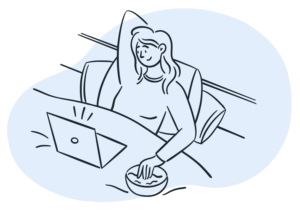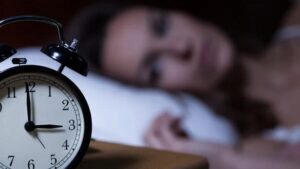Sleep and Depression
Disclosure: By clicking on the product links in this article, Mattress Nerd may receive a commission fee at no cost to you, the reader. Read full disclosure statement.
Depression is one of the most common mental disorders, affecting 17.3 million adults in the United States, according to the National Institute of Mental Health. It’s also a major contributor to sleep problems. In fact, the link between sleep and depression is so strong that some researchers have suggested that a diagnosis of depression in the absence of sleep complaints should only be made with caution. Depression can disrupt your sleep during the night or cause you to feel excessively sleepy during the day even if you’ve had adequate sleep the night before. Many people struggling with depression have a difficult time even getting out of bed.
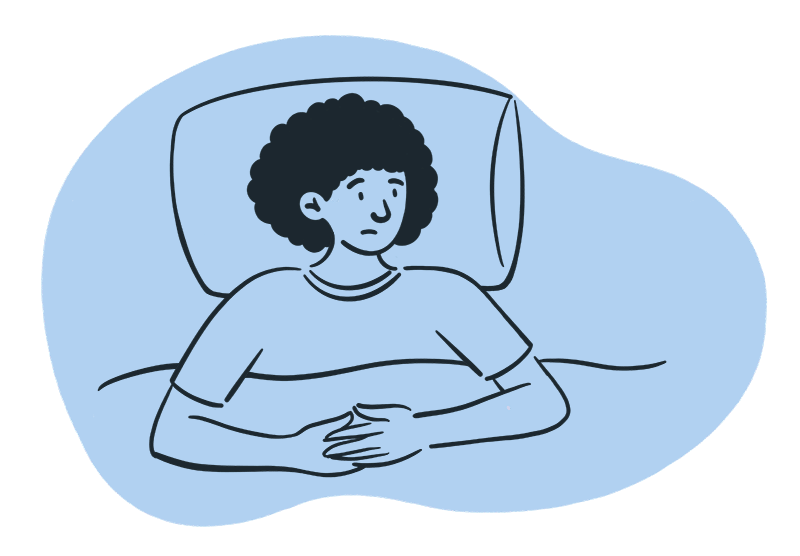
Common Symptoms of Depression
The Diagnostic and Statistical Manual of Mental Disorders (DSM-5), the authoritative guide to the diagnosis of mental health disorders, defines depression as having at least five of the following symptoms during the same two-week period, with at least one of the symptoms being a diminished interest or loss of pleasure in almost all activities, or being an overall depressed mood.
Other symptoms of depression include:
- Insomnia: Difficulty falling asleep at night, early awakening, or waking during the night and having trouble falling back to sleep.
- Hypersomnia: Excessive sleepiness during the day despite getting adequate sleep the night before.
- Significant appetite changes: Loss of appetite or overeating.
- Psychomotor agitation: Movements that serve no purpose such as pacing a room, tapping toes, or talking rapidly.
- Psychomotor retardation: Decreased movement or slowed speech.
- Fatigue or lack of energy: Sometimes expressed as “leaden limbs,” the feeling that your legs and arms are weighted down.
- Brain fog: Difficulty thinking or concentrating, or indecisiveness.
- Recurrent thoughts of death or suicide with or without a specific plan for killing oneself.
How Sleep Affects Depression
Mounting evidence shows just how tightly sleep and depression are intertwined. Studies estimate that between 65 to 90 percent of adults with depression and up to 90 percent of children with the disorder experience some type of sleep problem.
Lack of adequate sleep also appears to worsen symptoms of depression. One study found that depressed individuals with sleep problems were less likely to respond to antidepressant therapy compared to depressed patients who did not have sleep problems. They were also more likely to have suicidal thoughts and die by suicide.
Some researchers have also found that the relationship between sleep and depression may be reciprocal. According to the journal Dialogues in Clinical Neuroscience, epidemiologic studies suggest that people without depression who suffer from insomnia are at greater risk of becoming depressed in the future.
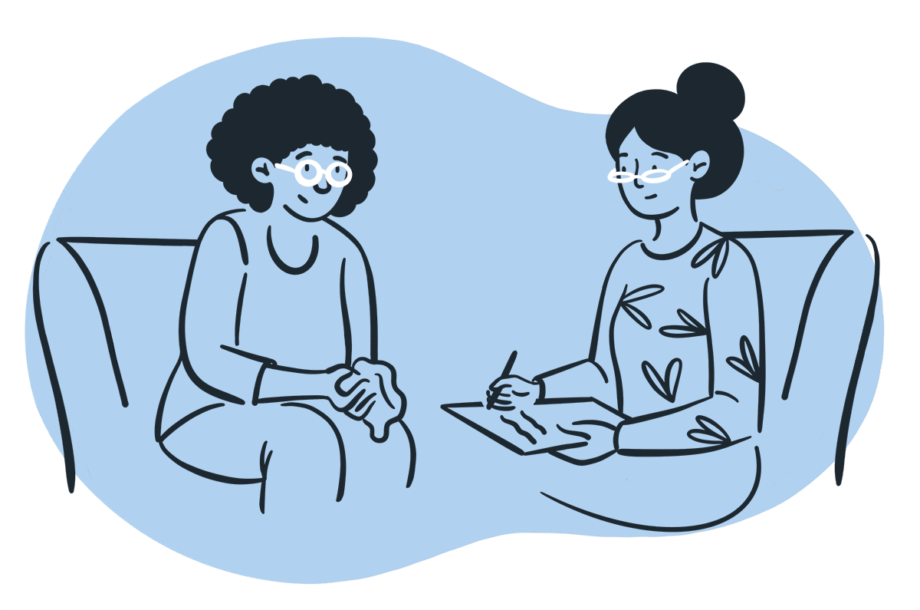
Depression and Sleep Disorders
Sleep Apnea
Obstructive sleep apnea is a potentially serious sleep disorder in which the soft tissues of the mouth fall to the back of the throat and block the windpipe while you sleep. This causes sufferers to jolt awake and gasp for air, which also fractures sleep. One study published in the Journal of Research in Medical Sciences found that nearly half (46 percent) of sleep apnea sufferers also experienced symptoms of depression — much higher than the general population.
A more recent paper published in The Journal of Psychiatric Research, suggests that sleep apnea may actually cause depression. This has prompted researchers to recommend that people who experience depressive symptoms be screened and treated for sleep apnea. If you are experiencing symptoms of sleep apnea, talk with your doctor or a sleep specialist about having a sleep study to rule.
Hypersomnia
About 40 percent of young adults with depression experience hypersomnia, according to a study published in the journal Dialogues of Clinical Neuroscience. Hypersomnia is often referred to as excessive daytime sleepiness, a condition often caused by fractured sleep, narcolepsy, or sedating medication.
The sleepiness associated with depression, however, often runs deeper. It’s more of a strong urge to stay in bed caused by a lack of interest or pleasure in doing things that used to be enjoyable. Treating your depression can help restore your desire to get out of bed and participate in daily activities. It can also help you sleep better at night so you can feel less tired during the day.
Insomnia
Insomnia is a common sleep disorder and the number one sleep problem for people with depression. Overall, 83 percent of people with depression suffer from insomnia at some point in their lives compared to just 36 percent of people in the general population, according to a group of University of Bristol psychopharmacologists.
Insomnia is a sleep disorder that makes it difficult to fall asleep at night or wake during the night and have difficulty falling back to sleep. It can also cause you to wake up too early in the morning.
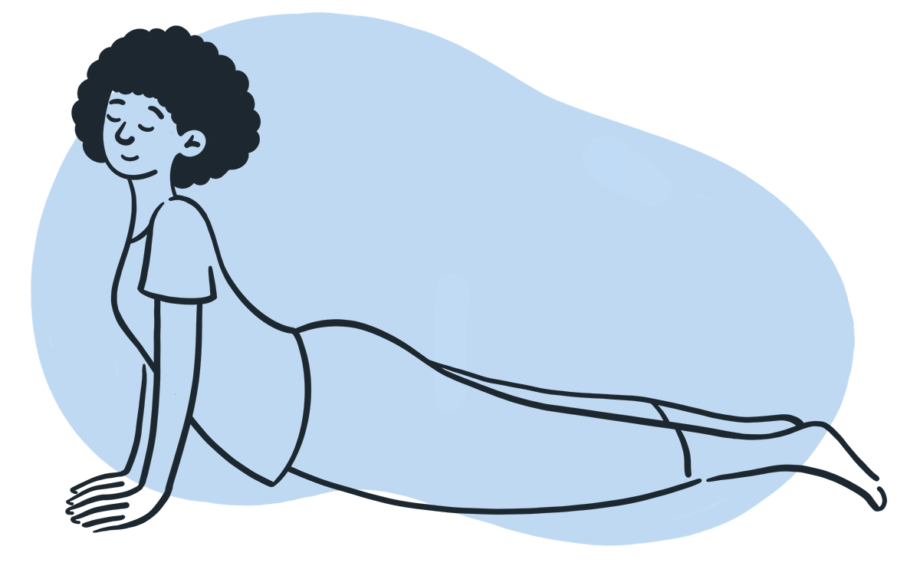
Tips for Sleeping Better with Depression
Oftentimes, it is sleep problems that drive depressed individuals to seek help. Medical and psychological intervention can improve depressive symptoms, including sleep problems. Getting a good night’s sleep can also help alleviate depression symptoms. Consider some of these strategies to improve your sleep.
Relaxation Techniques
In psychology, relaxation is an emotional state free of the arousal that comes from sources such as anger, anxiety or fear. It’s a state when the body and mind are free from tension and anxiety. When you are relaxed, sleep comes easier.
There are various techniques to help you achieve a relaxed state:
- Breathing techniques: Taking time to focus on your breathing is a great way to relieve stress. There are several easy-to-learn techniques, including this step-by-step video that shows proper form.
- Meditation: Meditation involves using mindfulness or focusing the mind on an object or thought to achieve mental clarity and emotional calm. If you have trouble meditating on your own, check out online videos, like this one.
- Guided imagery: This type of focused relaxation uses your imagination to create calm, peaceful images so you can mentally “escape.” Online resources like this one can help you with guided imagery.
Sleep Hygiene
Sleep hygiene involves your sleep environment and the behaviors you engage in before you go to sleep. Improving your sleep hygiene can greatly improve your sleep quality. Some sleep hygiene techniques include:
- Maintaining a consistent bedtime: Establishing a regular bedtime and wake time has been scientifically shown to be just as beneficial as getting enough hours of sleep each night. Our brains like routine and, with regular practice, maintaining a consistent bedtime can help you wake up more easily in the morning and feel more refreshed throughout the day.
- Establishing a consistent bedtime routine: Creating a bedtime routine can help prepare the body and the mind for sleep. Some ways to wind down include taking a warm bath or shower, reading a book or practicing relaxation exercises.
- Avoiding blue light before bed: Electronic devices like smartphones, tablets, laptop computers and televisions emit blue light. But blue light stimulates the mind and suppresses melatonin production. So, it’s best to turn off your electronics about 30 minutes before bedtime.
Physical Activity
Exercise is a great way to boost your energy level and your mood because it releases endorphins, the body’s natural antidepressant. It also burns excess energy so you can fall asleep faster and sleep better. But be sure not to do any strenuous exercise about three hours before bedtime. You need time for those endorphins to wear off so you can fall asleep easier.
Some great physical activities for relaxation include:
- Yoga: Numerous studies in recent decades have linked this ancient holistic practice from India to a reduction of stress responses, which can help ease symptoms of depression and anxiety. In fact, yoga functions like a lot of other relaxation techniques by incorporating breathing techniques and mindfulness.
- Strength training: Lifting weights not only gives a sense of peace and a feeling of accomplishment, resistance training can also “significantly reduce depressive symptoms,” according to an analysis of nearly three dozen studies published in JAMA Psychiatry.
- Cardio: Aerobic exercise is a great way to flood the body with those natural “feel good” endorphins. In fact, a systematic review recently published by the National Institute for Health Research shows that aerobic exercise can improve symptoms of depression as well as, if not better than, antidepressants.
Cognitive Behavioral Therapy
Cognitive-behavioral therapy is a type of psychotherapy that focuses on reprogramming the brain’s thought patterns in order to combat distorted beliefs.
Cognitive behavior therapy techniques include:
- Cognitive intervention, which targets negative thought patterns and moods in order to positively influence and change unwanted behaviors. It’s based on the theory that how we think about ourselves or the world affects how we feel emotionally.
- Behavioral intervention, which focuses on behaviors and actions with a goal of teaching patients how to change undesirable behaviors. This aspect of therapy comes from a school of thought that we learn from our environment.
- Psychoeducational intervention, which is an evidence-based form of therapy that provides information and support to an individual so they can better understand and cope with their depression. The treatment integrates emotional and motivational aspects to help patients cope with their condition.



